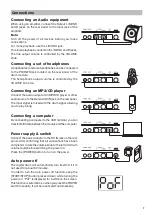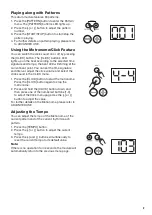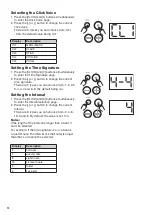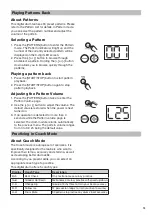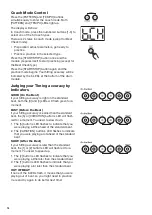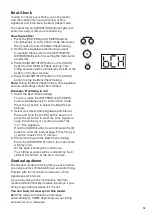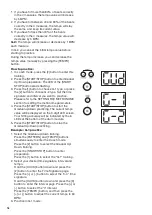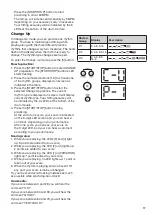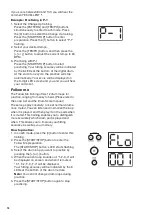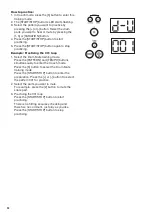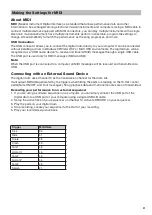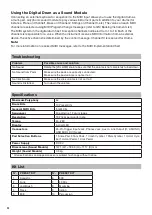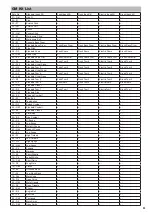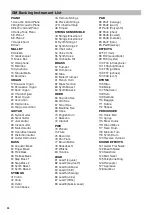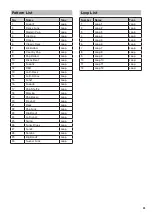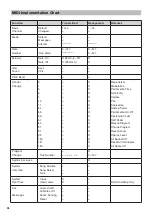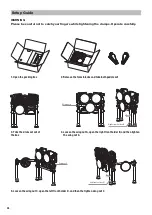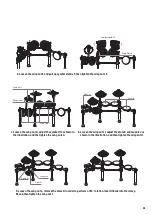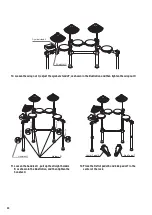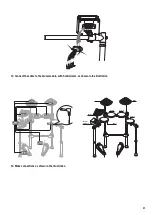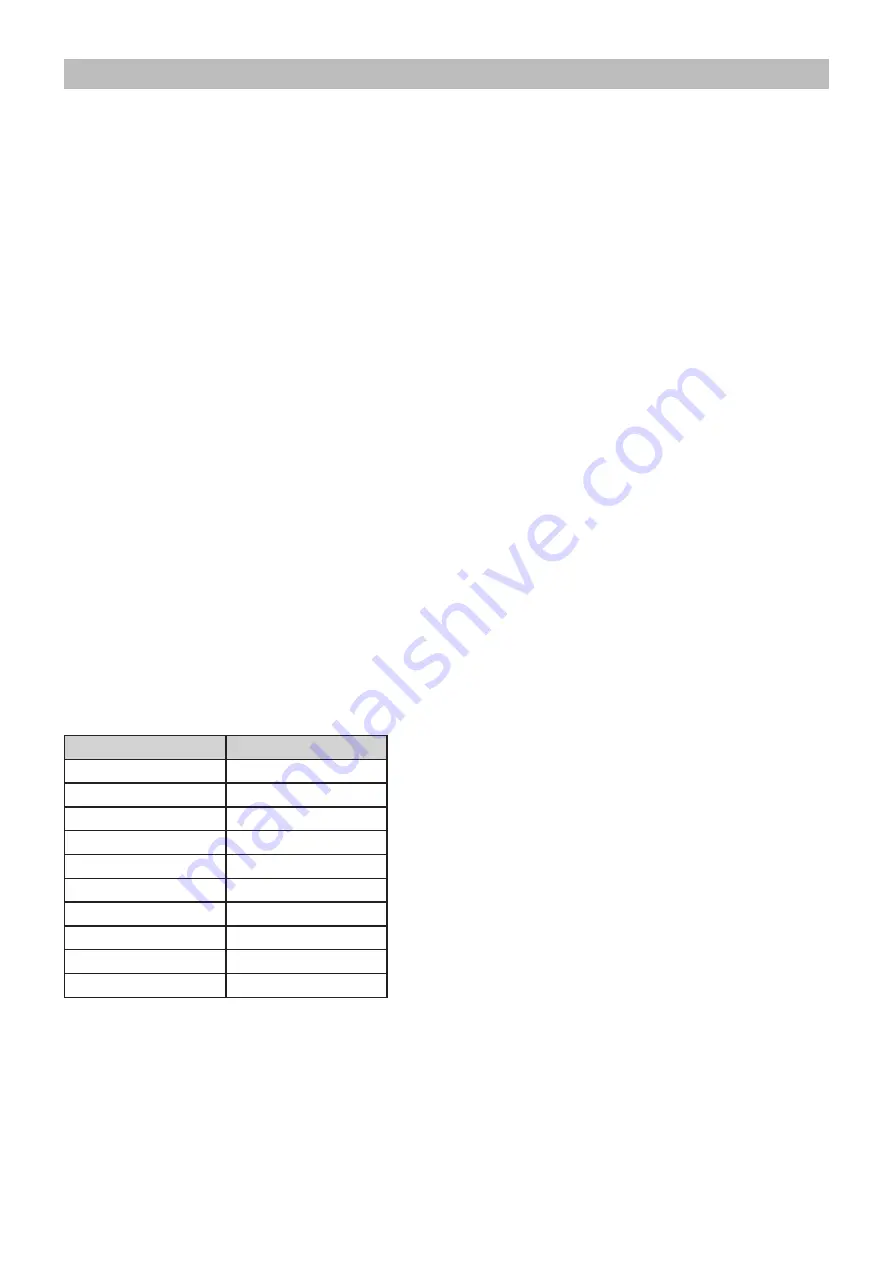
21
Making the Settings for MIDI
About MIDI
MIDI
(Musical Instrument Digital Interface) is a standard that allows performance data and other
information to be exchanged among electronic musical instruments and computers. Using a MIDI cable to
connect multiple devices equipped with MIDI connectors, you can play multiple instruments with a single
electronic musical instrument, have multiple instruments perform in ensemble, program the settings to
change kits automatically to match the performance as the song progresses, and more.
USB Connection
The USB connector allows you to connect the digital drum directly to your computer. It can be connected
without installing a driver in Windows XP/Vista/Win7 or MAC OSX environments. The digital drum will be
recognized as a “USB Audio device” to receive and transmit MIDI messages through a single USB cable.
The USB port is used only for MIDI messages (MIDI via USB)
Note:
When the USB port is connected to a computer, all MIDI messages will be received and transmitted via
USB.
Connecting with an External Sound Device
The digital drum uses Channel 10 as the transmission channel for the drum kits.
It will output MIDI data generated by the triggers when hitting the pads or stepping on the Hi-Hat control
pedal (Note ON/OFF, and Foot messages). Song playback data and metronome notes are not transmitted.
Recording your performance to an external sequencer
1. If you are using a software sequencer on a computer, you can simply connect the USB port of the
digital drum to a USB port of your computer using a single USB A-B cable.
2. Setup the active track of your sequencer on Channel 10. Activate RECORD on your sequencer.
3. Play the pads on your digital drum.
4. Stop recording. Locate your sequencer to the start of your recording.
5. Play your recorded sequence back.
Trigger
MIDI Note
Kick
36
Ride
51
Snare
38
Crash
49
Tom1
48
Hi-Hat O
46
Tom2
45
Hi-Hat P
44
Tom3
43
Splash
21

